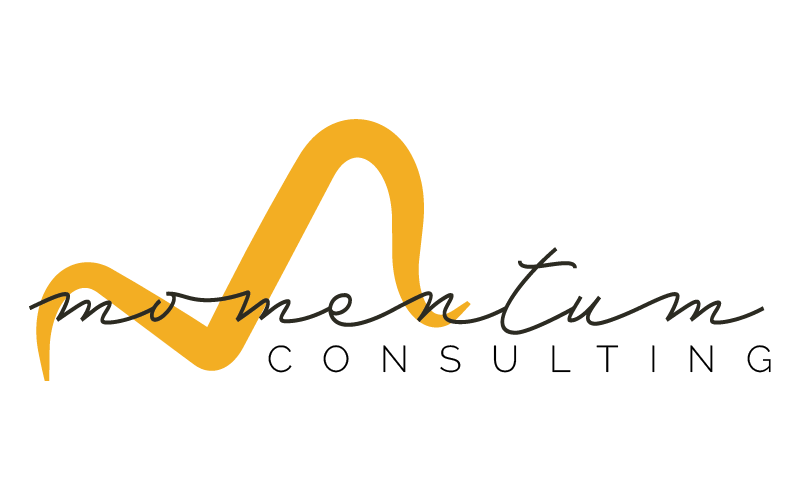Written By Danielle Fauteaux
Inbound marketing is not single marketing item. It’s a system of marketing items that guide users through their research process and buyer’s journey, answering their top of mind questions each step of the way to build trust in your solution and in your business.
Phase 1: Publish Quality Content

It starts with quality content that is best suited to your buyer persona. This may be in the form of Articles or Blogs, Videos, Podcast Episodes, Info-graphics, Survey Collection and Reporting, and other various forms of content. The type of content that your target audience engages best with may vary, and over time it may change.
If you can focus on one or two types of content and do it really well, then adapt over time, you can succeed. Stick with it and don’t give up during the times when it feels like a grind. You need these pieces of content in order to guide people to your lead capture content from your highly effective landing pages.
Phase 2: Landing Pages
At the crux of a successful inbound marketing system / strategy is growing your audience. You should grow your audience on platforms that you both own and don’t own. Channels that you don’t own are like social media. But in order to grow your audience that you own, you need a way to build your email list / contact list / CRM database – whatever you’d rather call it.
Premium content campaigns have proven to be highly effective in building your owned email list. The premise is that in order to gain access to a premium piece of content, the user must exchange some information with you via a form. This most often entails a user giving you their email address in exchange for a PDF guide, access to a gated website page, or other type of valuable information that you are willing to give but is valuable enough to them such that they are also willing to give you information. You can learn more about the Anatomy of an Effective Landing Page below:

Phase 3: The Lead Capture Content
You’re growing your audience through landing pages, but your sales teams are still not hearing back from as many prospects as they’d hoped. I wonder – is your lead capture content optimized to continue leading the reader through the buyer’s journey towards your sales team?
There are some valuable components to include on your lead capture content to keep readers engaged in the journey and decrease abandonment. Call to action links (or CTAs) are a primary method for decreasing prospect abandonment. Here are some additional ways to optimize your lead capture content as well.

Phase 4: Email Marketing
Most researchers are not going to make an immediate purchase, especially if you’re selling a product or service that is a large commitment. So how can you keep people engaged with your business and ensure they don’t forget about you?
Enter: Email Marketing.
You CAN stand out from among the crowd of annoying, boring, and irrelevant emails that we all get on an hourly basis. Here’s some tips on how to craft compelling emails that actually help your marketing efforts (and don’t annoy people).

Phase 5: Making the Sale
Now is the moment your sales teams have been waiting for….the moment when a lead who downloaded your guide and has been learning from your quality email marketing finally picks up the phone and calls or submits a purchasing request form on the website!
Now is their time to craft the personalized solution and “Wow!” the prospect with an amazing, non-pushy sales experience at the end of a thoughtful buyer’s journey accommodated by your inbound marketing efforts.
And then your boss can celebrate too, like this guy. 👇

From quality content, to landing pages that lead to premium content offers, that grow your audience so that you can WOO them through thoughtful email marketing, to the final pitch and closing the sale, you can successfully implement this inbound marketing approach in any industry. You just have to get started.

Seriously. Go get started.
